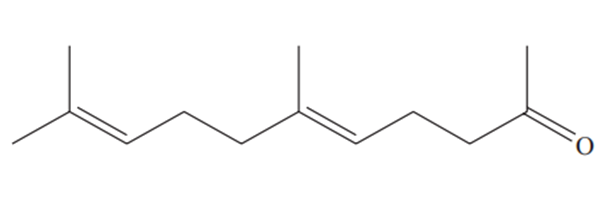Fragrance or spice refers to the material with an aromatic odor itself. Most of the pastries and cookies can be added with spices and fragrances in order to improve or enhance the aroma and flavor. These spices and fragrances are called flavoring agent. Spices, according to different sources, can be divided into natural and artificial spices. Natural spices also include animal and vegetable spices with food production mainly using vegetable spices. Artificial spice is compound made from the synthesis reaction of raw materials including petrochemical products and coal tar products. Fragrance is compound spices made from several or dozens of spices via diluent blending. Strictly speaking, spices generally refer to the raw material used for making fragrance and are rarely used directly in food. Fragrance is instead an important raw material directly used to increase the food flavor. The food flavoring process is a complex project. It is not simply a composite of several fragrances, but also involves many factors such as whether this fragrance can be merged with food substrate material; whether it is acid resistant, heat resistant; whether it can keep stable during the process of sterilization and preservation, etc. Moreover, because of the different sources and purities of spices in different categories of fragrances, even for the same kind of fragrance, the usage amount in the same product can be quite difference and should be paid great attention. Generally speaking, for the liquid food, the total amount of various kinds of fragrances should not exceed 0.1% with <0.05% being appropriate. However, for solid product, the amount should be kept at about 0.1%.
The potential risk of 1,2-hexanediol
1,2-Hexanediol is commonly used in the cosmetic industry as a preservative, an emollient, and a moisturizing agent.
Mar 11,2025 Flavors and fragrancesEthyl Lactate: Natural Occurrence, Versatility and Eco-Friendly Potential
Ethyl lactate, derived from lactic acid and ethanol, enhances food flavor and serves as a versatile, eco-friendly solvent in various industries.
Jan 9,2025 Flavors and fragrancesIs Methyl eugenol an insecticide?
Methyl eugenol (ME) is not an insecticide. ME has no insecticidal activity of its own, but it is a good insect bait in order to attract certain fruit flies, such as the oriental fruit fly, Hawaiian fr
Dec 16,2024 Flavors and fragrancesIs Benzyl Salicylate the same as salicylic acid?
Benzyl salicylate is a derivative of salicylic acid, but it is different from salicylic acid.
Nov 29,2024 Flavors and fragrances2-Octanone:Smell,Refractive Index,Preparation and Reaction
2-Octanone is a colorless volatile liquid with the formula CH3C(O)C6H13. It is produced commercially for use in the fragrance industry.
Nov 14,2024 Flavors and fragrancesAdvancements and Applications of trans-Cinnamic Acid in Modern Chemistry
Trans-cinnamic acid is a white crystalline compound that is slightly soluble in water, and freely soluble in many organic solvents.
Oct 30,2024 Flavors and fragrancesThe synthesis method of Geraniol
Geraniol is known to be derived from geranyl diphosphate (GPP) by related synthases based on a common ionization-dependent reaction mechanism.
Jul 22,2024 Flavors and fragrancesThe grape scent compound Methyl anthranilate
Methyl anthranilate is a benzoate ester that is the methyl ester of anthranilic acid. It has a role as a metabolite and a flavoring agent and is functionally related to an anthranilic acid.
May 29,2024 Flavors and fragrancesDimethyl phthalate: uses and toxicity
Dimethyl Phthalate is a colorless, oily liquid or solid with a slightly sweet odor. It is used as a plasticizer and solvent.
May 7,2024 Flavors and fragrancesGeranyl acetone: Properties, Production process and Uses
Geranyl acetone is a fragrance and flavor substance, which is widely used in foods, beverages, cosmetics, household cleaners and detergents.
Mar 6,2024 Flavors and fragrances












